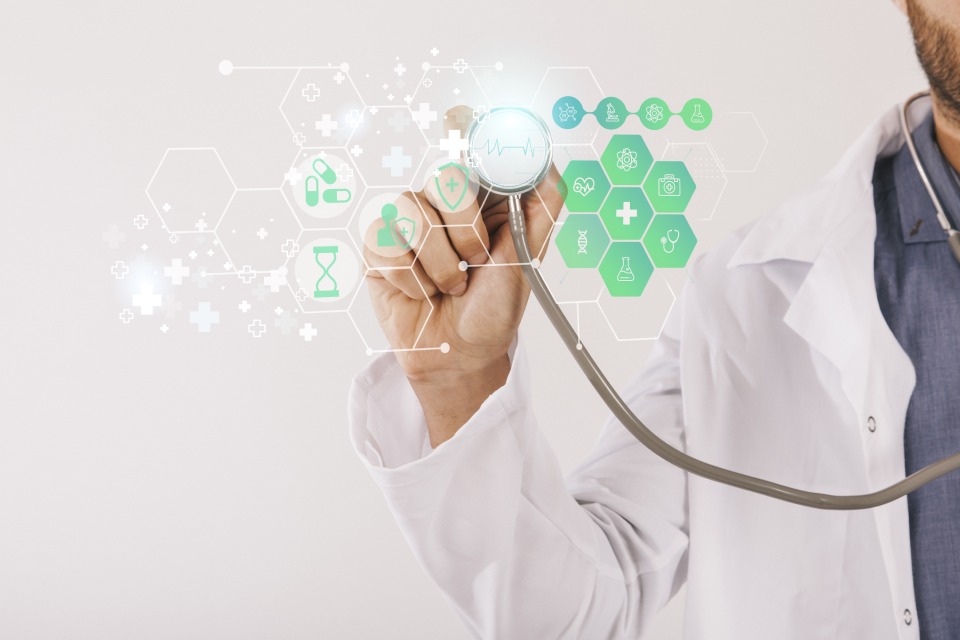The field of e-health is developing more and more. New connected services are regularly made available to patients and healthcare professionals. Their aim is to make access to care easier, to improve treatment and knowledge of pathologies, to simplify the daily lives of healthcare professionals, etc.
More and more of us are using our smartphones to manage our health. We make appointments with healthcare professionals online. We also do remote consultations. SMS communication is also increasingly widespread in this sector (confirmation of appointments, medical results, etc.) Patients complete and retrieve their health data quickly and easily. They thus become real actors in their care pathway. Health professionals also seem to have widely adopted digital technology in their daily lives.
The Three Major Challenges Of The Health Sector
Health is a rapidly changing sector. With the aging of populations, medical deserts, and the lack of health professionals. The challenges to be met are significant. If digital provides some answers to the expectations of patients and health professionals, its use must be regulated.
Quality Of Care
Offer patients an adapted care pathway and management consistent with their pathologies.
Tracking And Mobility
Offer high-performance technological equipment that supports professionals in all their activities.
Security
Protect patient data with secure and highly available IT infrastructures
Streamline The Care Pathway
Offering patients a smooth and consistent care pathway is a priority for healthcare establishments. From the reception and throughout its care, it is important to be able to properly guide the patient and his companion. Giving them access to personalized and regular information is also very important. This limits the stress generated and contributes to improving the quality of care. For an optimal patient experience, various digital devices can be used: digital displays, personal online spaces for administrative management, geolocation of spaces and rooms, team contacts through patient calls, etc.
By better-guiding patients and their families, errors related to care are limited. Health professionals are also more available to carry out their missions of care and listening. E-health also provides real solutions within medical deserts or for non-mobile patients. It is now increasingly common to make an appointment with a specialist online. Sometimes, the consultation can even be done by videoconference.
Improving The Daily Life Of Health Workers Through Communications
Health establishments are often large structures where different professionals and stakeholders meet all day long (physiotherapists, doctors, nurses, administrative staff, etc.). In operation 24 hours a day, these structures must absolutely operate smoothly. This conditions their ability to ensure continuity of care and complementarity of interventions. To do this, healthcare professionals must be able to communicate easily with each other and access patient information at any time.
Having effective communication tools is, therefore, an essential prerequisite. To ensure a smooth handover between the different services and the guards, it is necessary to centralize the information within a single medical file. During their service, professionals in the field must also be able to communicate (videoconference, calls, chat, document sharing, etc.) with their colleagues and access this information from their communication terminal. This is even when they intervene at home. Managing this permanent mobility is essential.
Also Read: Influence Of Technology On Health





